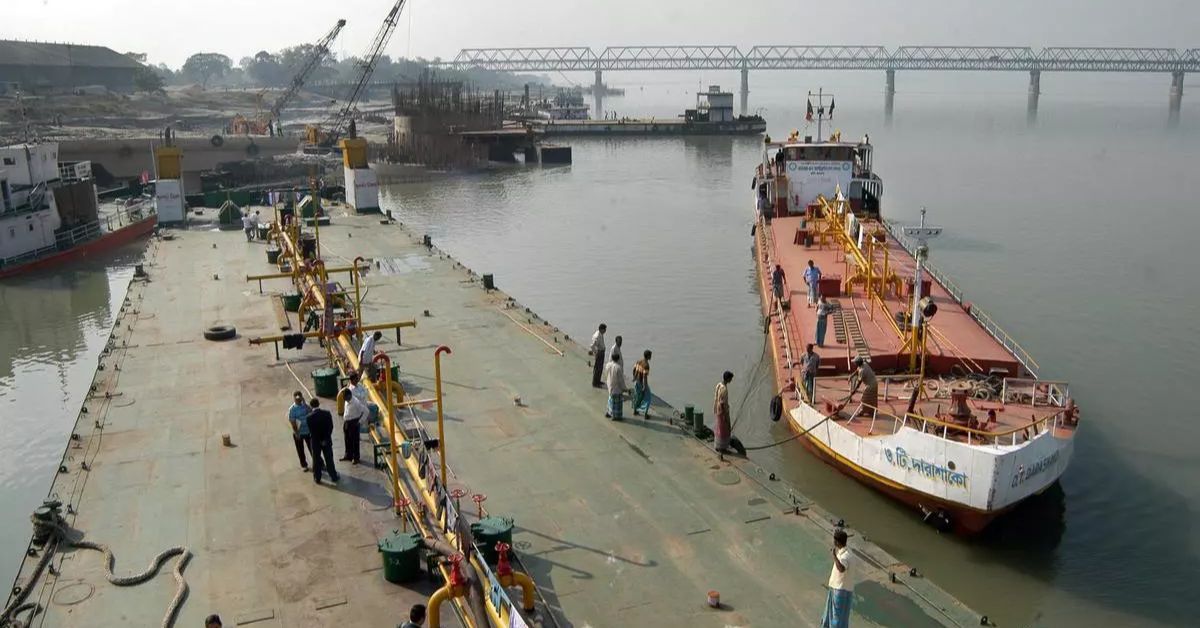With the Inland Waterways Authority of India (IWAI) appointing an operator for Pandu and Dhubri ports, the Ministry of Ports, Shipping and Waterways is now exploring the possibility of moving coal shipments from Meghalaya’s mines to Bangladesh via Pandu port, sources said.
Coal would be moved from Meghalaya to Assam, and then to Bangladesh’s Srirajganj port, via the Brahmaputra river in India, and Jamuna river in Bangladesh. India is dredging the waterway to make it navigable.
“Recently the IWAI finalised an operator for operations at Pandu port and Dhubri terminal. This operator may also bring coal from legal mines through Pandu and Dhubri, to be transported to Bangladesh,” the official told businessline. Customs issues are reportedly being worked out too.
A blanket ban on rat-hole mining in Meghalaya had reportedly led to the Assam government raising objections over the use of Pandu port for transport of coal. However, that seems to have been resolved for the moment.
Mining leases were approved for four persons, Nehlang Lyngdoh, Maksing Sibren Nongbri, Thomas Nongtdu, and Wenni Diengngan in the Khliehriat, Kalagaw, Byndihati and Nongstoin coal blocks of Meghalaya.
According to a Ministry official, some of the mines have been declared legal and hence the option of tapping into the Bangladesh market is being explored. Use of waterways to transport material to the neighbour would improve access, reduce the time taken, and bring down logistics costs.
Amongst the investments India is making along the Indo-Bangladesh protocol route, around Rs 306 crore is expected on the Sirajganj–Daikhowa and the Ashuganj–Zakhiganj segments.
Dhubri ramp-up
Ramp-up of Dhubri river port is also in the works. It is currently used for commodity transit movement to Bangladesh.
In July 2019, the then Union Minister had flagged off MV AAI of the IWAI, carrying 70 truckloads of stone chip from Bhutan – via Dhubri river port – to Narayanganj in Bangladesh, covering a distance of 600 km.
In addition, Dhubri is also being looked at as an option to improve connectivity between the North-East and the Indian mainland.
A trial run, carrying 200 tonnes of rice, was done on the Patna–Pandu route (of 2,350 km) using National Waterways 1 (Ganges), the India–Bangladesh Protocol route (through Khulna, Narayanganj, Sirajganj, Chilmari), National Waterways 2 (Brahmaputra) through Dhubria and Jogighopa. The journey took 25 days.








